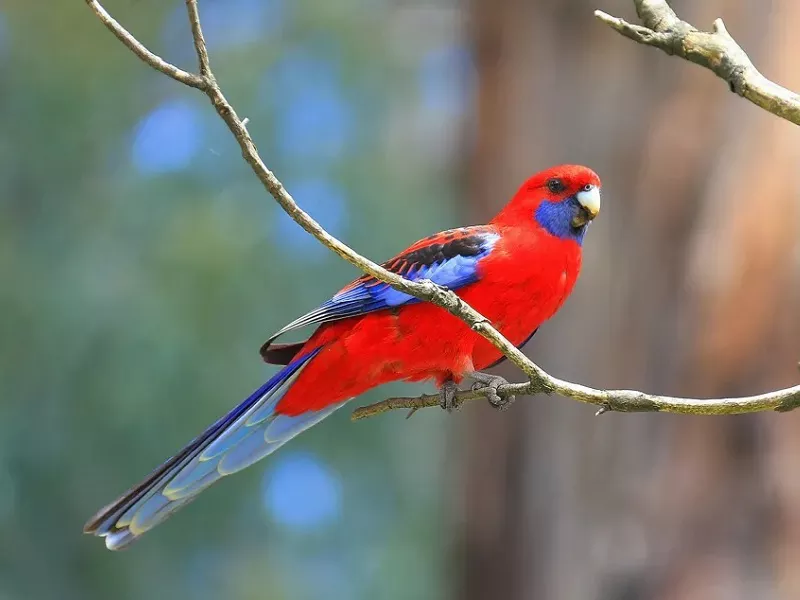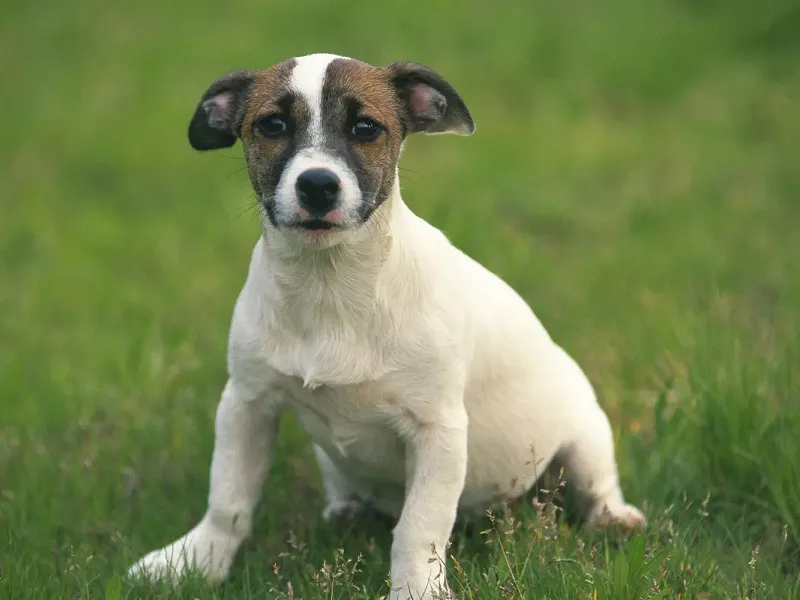What is a crimson rosella
Crimson rosella is a typical climbing bird with a strong and powerful bill, hooked and curved, with a movable joint in the upper jaw and a wax membrane at the base of the bill. Muscular tongue thick. The feet are short, strong, and flat-toed, with two toes forward and two backwards, suitable for grasping and climbing life.
Crimson rosella size
Crimson rosella is 32-36 cm long and weighs 115-170 grams
What does a Crimson rosella look like
Crimson rosella bird body is red; cheeks are bluish-purple; neck, back and secondary flight feathers are black with a wide red piping; inner wing coverts are black, wing bends, outer The middle coverts and secondary flight feathers are blue; the background color of the outer secondary flight feathers, the main flight feathers and the inner wing coverts are blue; the upper center of the tail feathers is dark blue with a black background, and the outer tail feathers are dark blue with a Very shallow piping and feather tips; inner tail feathers light blue; bill grey-white, iris dark brown.
The female bird is slightly smaller, with greenish feathers in the middle above the tail, and the beak is narrower and shorter. The body of the young bird is olive green and olive yellow, and only a small part is red; the forehead, the top of the head are red, the cheeks are blue, and the rest except the throat, the upper part of the chest feathers, the thighs, and the inner wing coverts are all olive green. The inside of the tail is light blue with light stripes on the inside of the wings, and it takes 16 months to grow into a bird-like body color.
The plumage color of the crimson rose parrot is very beautiful and bright. The plumage color of the young bird is very different from that of the adult bird. The plumage color of the young bird is olive green and gray green. It will gradually change with time, and then the plumage will be red, green and blue. Miscellaneous, until 15 months old, it will completely change to the color of the adult bird. The head of the male bird is larger and flatter, and the beak is also larger. To distinguish the sex of the young bird, the head and beak are more obvious. Identify parts.
Crimson rosella habitat
Crimson rosella mainly inhabits moist to semi-humid forests at about 1500 meters; sometimes the height of habitation reaches 1900 meters; they can often be found in forests with annual rainfall exceeding 500 mm, and groups in northern Australia prefer to inhabit In the hills and woodlands at an altitude of 600-1500 meters, its ethnic groups can be found at an altitude of 450-1900 meters, and the ethnic groups in the southern region are active in areas of various heights. Young birds also congregate in savannah and agricultural areas and small forested areas; sometimes in rainforest areas, orchards, parks and gardens
Crimson rosella diet
Crimson rosella mainly eats flowers, nectar, seeds of grasses and trees, vegetation, plant shoots, berries, fruits, flowers, insects and their larvae.
Crimson rosella lifespan
These birds are reported to live for more than 25 years if cared-for properly.
Crimson rosella distribution range
Crimson rosella is found in eastern and southeastern Australia; it has been introduced to Norfolk Island and New Zealand. In the eastern coastal area of Australia, the southeastern part mainly inhabits the coastal areas of New South Wales and Victoria and a small area of coastal areas and Kangaroo Island in the southeastern part of South Australia, while the northeastern part is distributed in the coastal areas of northeastern Queensland and its southeastern part. It is also distributed in some small islands in southeastern Australia.


























